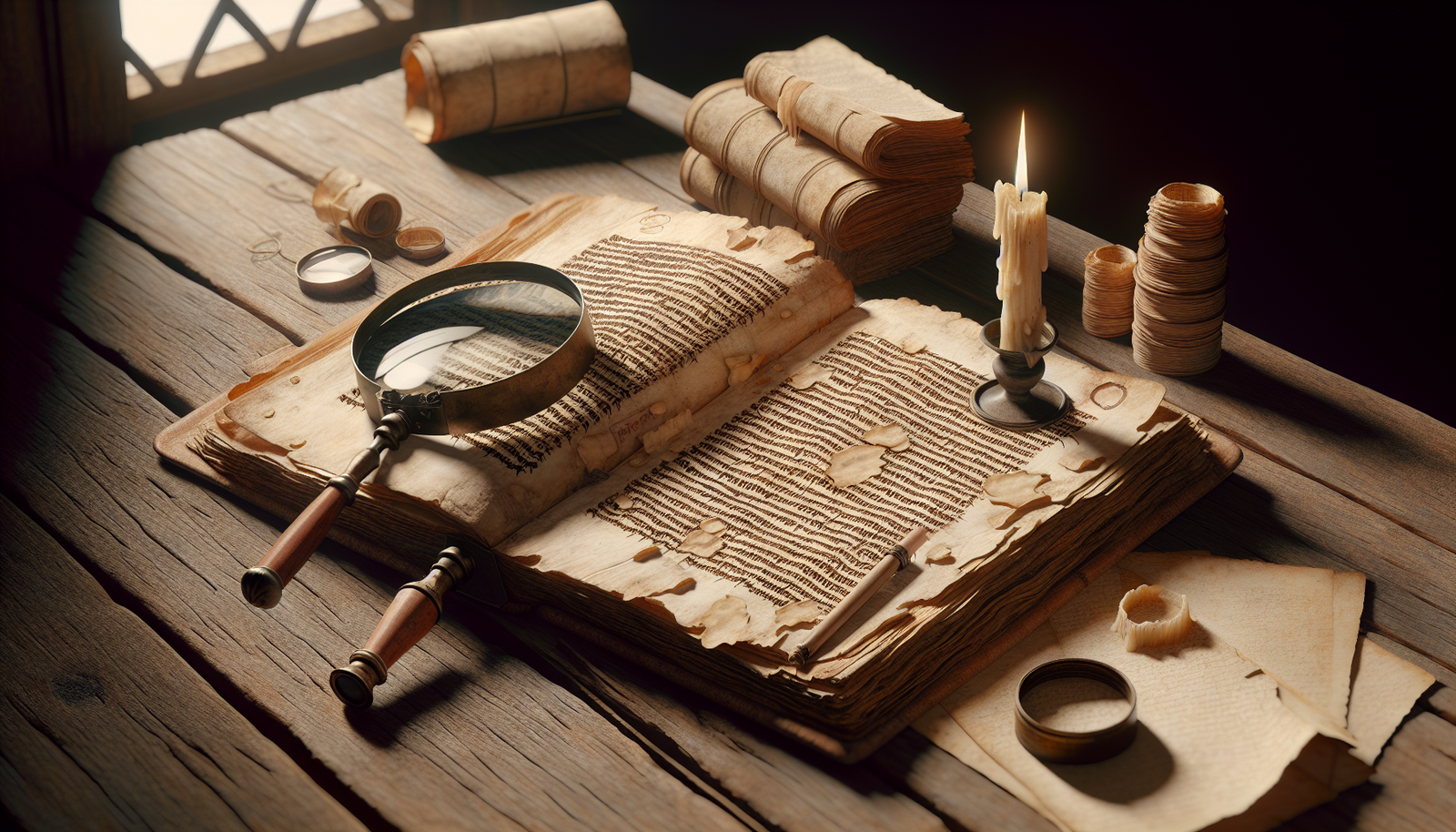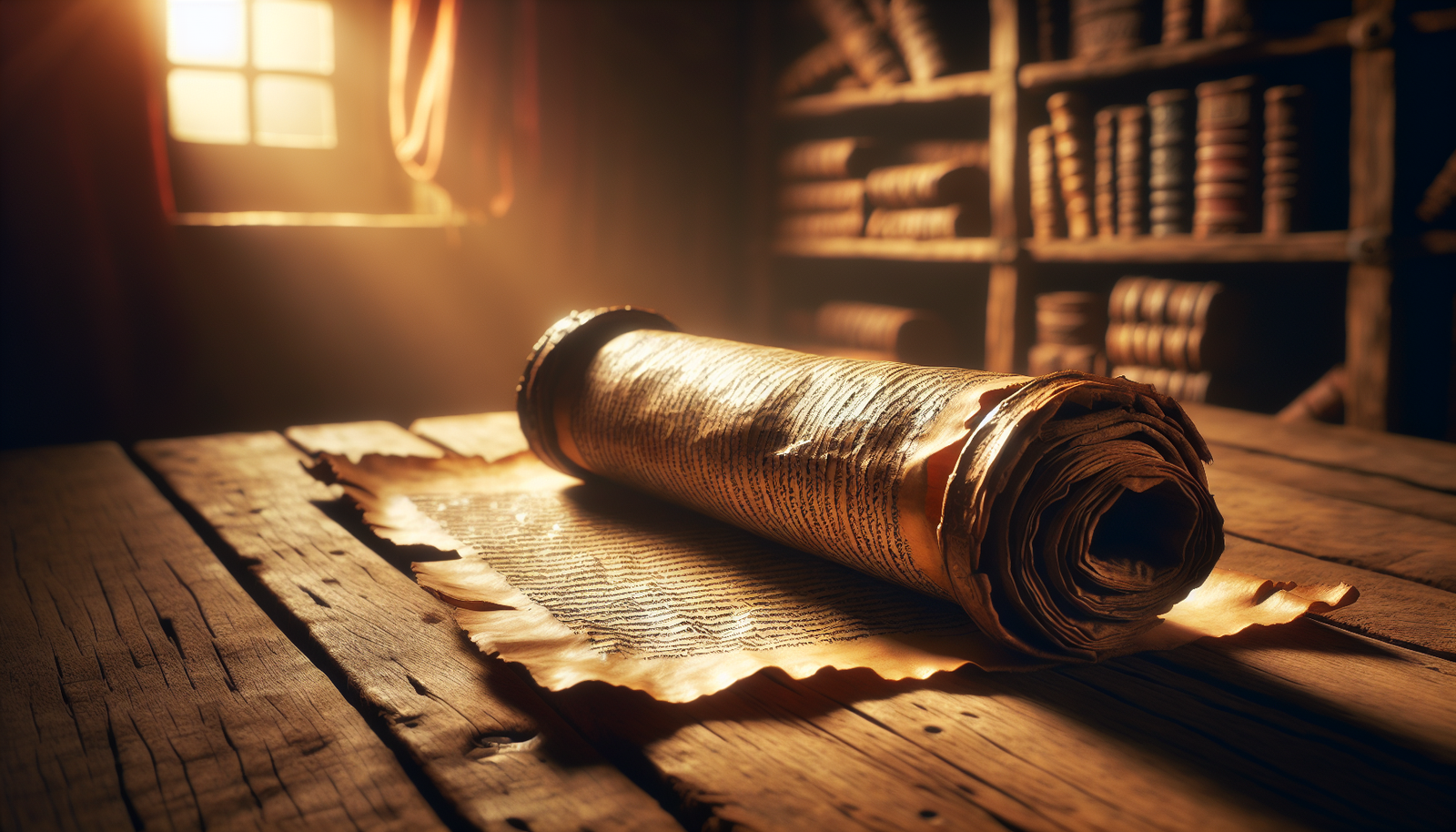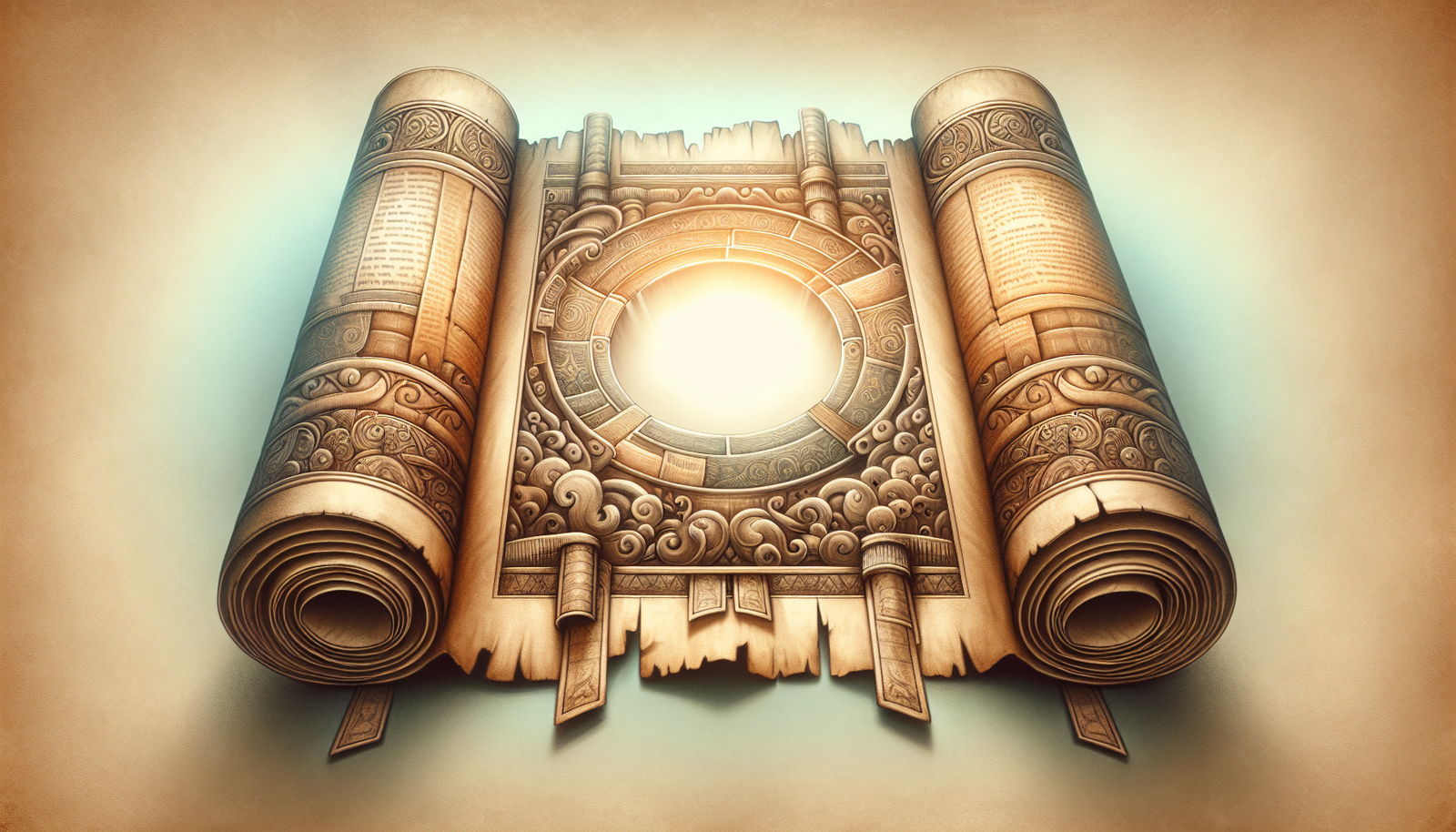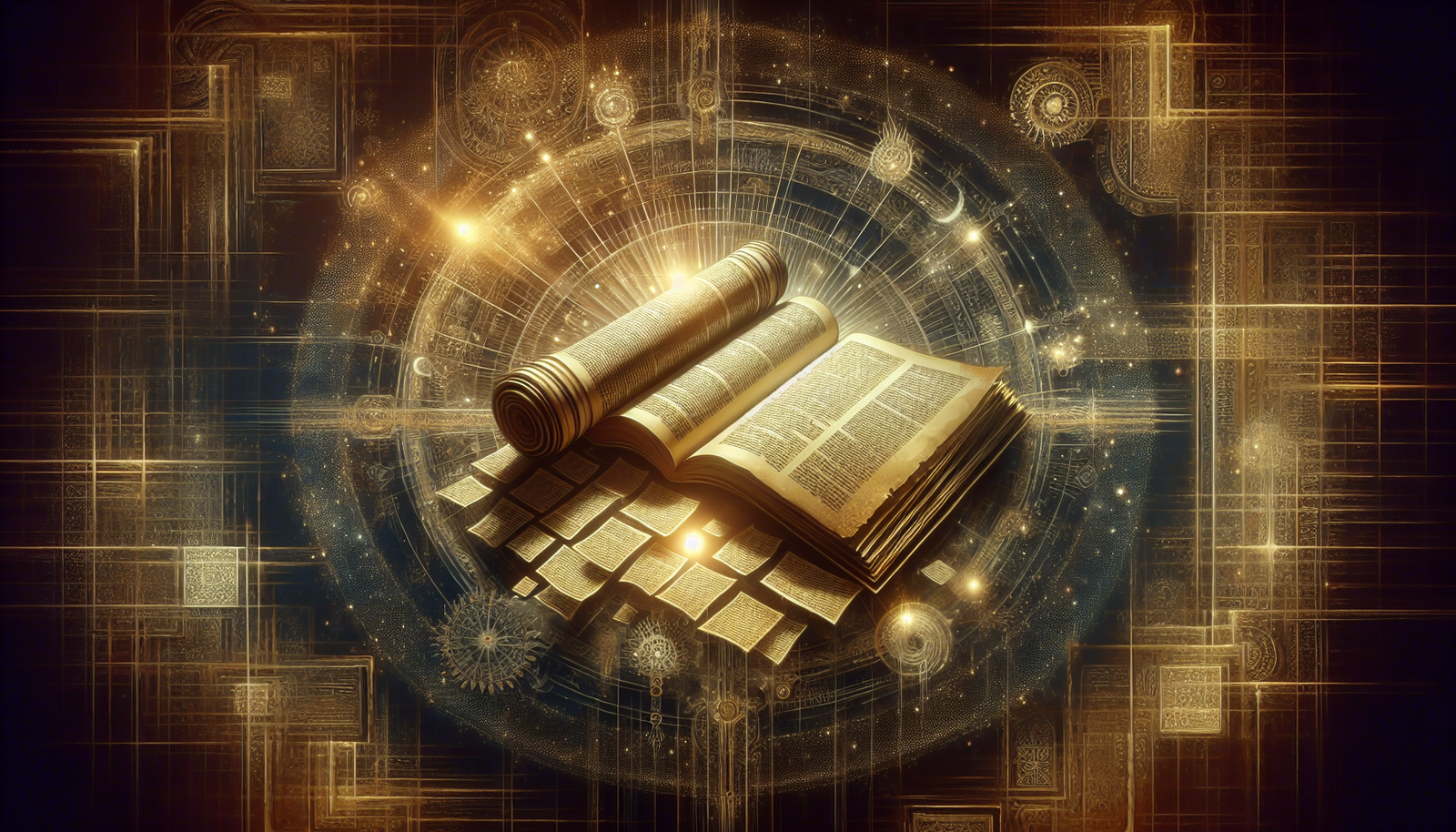Have you ever wondered how scholars unravel the mysteries of ancient texts? These timeworn documents carry the wisdom, culture, and tales of civilizations that paved the way for modern society. Yet, the journey to deciphering them is anything but straightforward. I’m Dr. Alex Moon, holding a PhD in Ancient History, and I’m here to shed light on the meticulous work that goes into reconstructing humanity’s earliest written records.
Understanding how scholars reconstruct ancient manuscripts is crucial in 2025 as we navigate a world increasingly driven by technology and global connectivity. Our history provides us not just with context but lessons that can guide our future. Let’s explore how experts piece together the fragmented evidence of the past, ensuring the survival of cultural heritage.
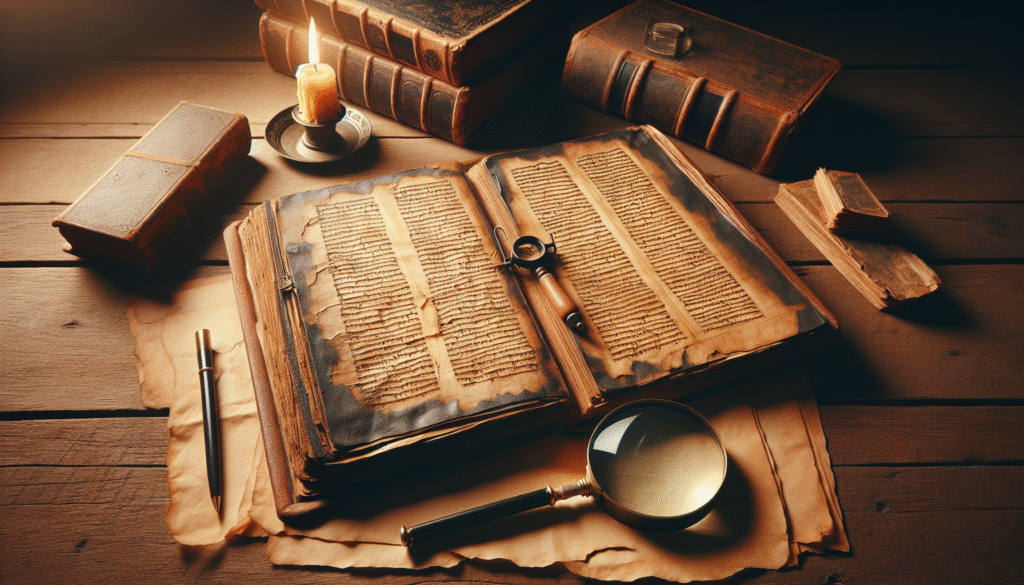
TL;DR
Scholars reconstruct ancient texts by combining archaeological discoveries, philological expertise, and technological advancements. They work with various manuscript types, from papyrus scrolls to stone inscriptions, using methods like paleography and textual criticism. By understanding and reconstructing these texts, scholars preserve cultural heritage and offer insights into past civilizations. Techniques such as CT scanning and DNA analysis are now used, complementing traditional methodologies. Reconstructing texts is an interdisciplinary effort, ensuring the continued transmission of ancient knowledge.
The Significance of Ancient Texts
Why Ancient Texts Matter
Ancient texts are more than mere relics; they are the voices of our ancestors, conveying their beliefs, laws, and customs. Whether it’s the Epic of Gilgamesh or religious texts like the Bible, these works provide insights into the values and thinking of ancient peoples. They are the building blocks of cultural identity and historical knowledge, influencing literature, art, and philosophy.
Historical Context and Interpretation
Understanding the context in which these texts were written is key. Scholars delve into the geographical, cultural, and historical background to accurately interpret them. For instance, the discovery of the Dead Sea Scrolls significantly advanced our understanding of Jewish society in the Second Temple period.
Outlining Methodologies
Various methodologies exist to reconstruct ancient texts, including philological analysis, paleography, and the latest technological tools. These techniques enable scholars to fill in gaps and interpret damaged or incomplete manuscripts. A comprehensive understanding of these methods reveals the joint effort required to preserve our shared history.
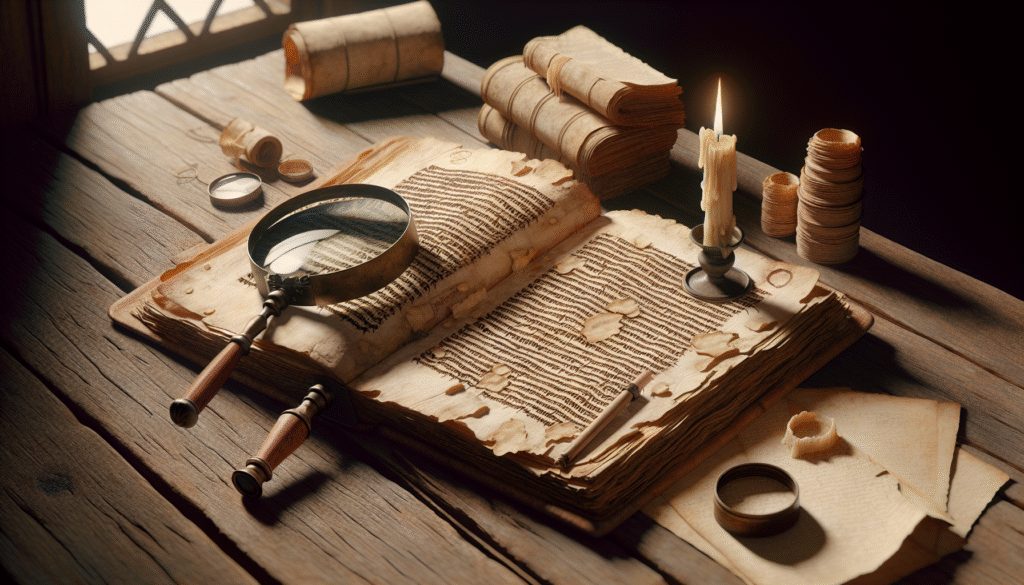
Major Techniques Used in Textual Reconstruction
Philological Analysis
Philology, the study of language development and linguistic discipline, is crucial in interpreting ancient texts. Scholars rely on their deep understanding of ancient languages, including Hebrew, Aramaic, Greek, and Latin, to decode manuscripts and ensure translations remain faithful to the originals.
Paleography and Codicology
These disciplines deal with the study of ancient handwriting and the physical attributes of books, respectively. Paleographers examine handwriting styles to date documents and authenticate them, while codicologists analyze the construction and materials of manuscripts, such as parchment and ink.
Textual Criticism
Textual criticism involves comparing multiple manuscript versions to identify variations and establish the most authentic text. Scholars meticulously examine differences in wording, spelling, and grammar, seeking to understand the scribes’ intentions and errors.
| Technique | Purpose | Example |
|---|---|---|
| Philological Analysis | Language development and translation | Translation of Sumerian texts |
| Paleography | Study of handwriting styles | Dating the Dead Sea Scrolls |
| Codicology | Examination of physical manuscript attributes | Composition of the Book of Kells |
| Textual Criticism | Identifying textual variants and authenticity | The Bible’s New Testament manuscripts |
New Technologies in Textual Reconstruction
Imaging Techniques
Advancements in imaging technologies such as multispectral imaging provide clearer reads of damaged or erased texts. These techniques allow scholars to see hidden layers of ink that were previously unreadable, shedding new light on ancient documents.
Digital Humanities
Digital resources and databases facilitate sharing and analyzing textual data globally. Projects like the Perseus Digital Library and the Digital Hammurabi project provide scholars with invaluable access to texts and tools for analysis.
Scientific Techniques
Modern scientific methods, such as DNA analysis of parchment, can reveal the origins of manuscript materials. Meanwhile, CT scans and X-rays allow us to read scrolls that can’t be safely unrolled, like the charred scrolls of Herculaneum.
| Technology | Application | Example |
|---|---|---|
| Multispectral Imaging | Revealing hidden text through various spectra | Archimedes Palimpsest |
| DNA Analysis | Identifying animal sources of parchment | St. Cuthbert Gospel |
| CT Scanning | Non-invasive reading of intact scrolls | Herculaneum scrolls |
| Digital Databases | Accessible collections of texts for analysis | Perseus Digital Library |
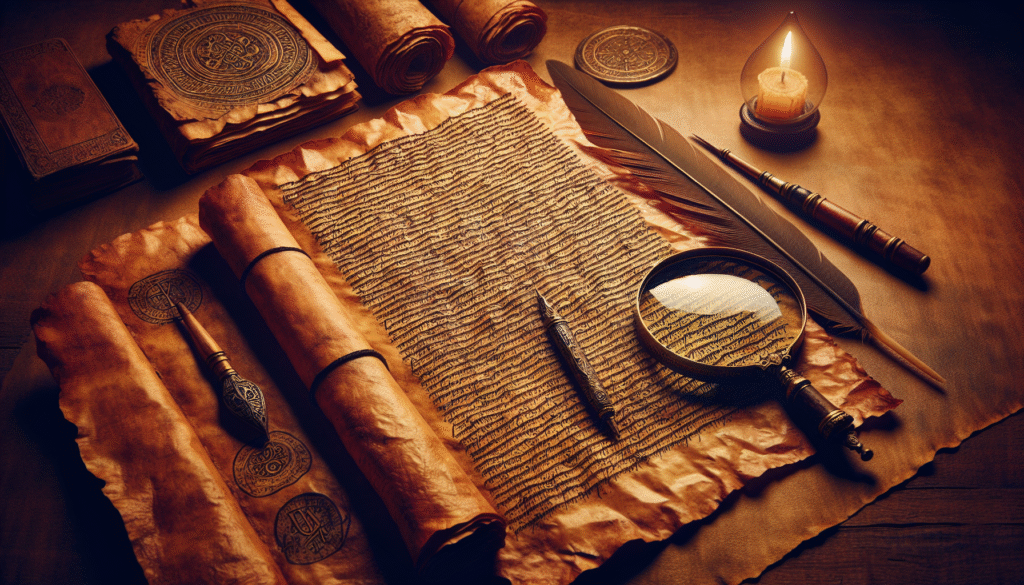
Challenges and Limitations
Fragmentation and Damage
Many texts survived only in fragments or damaged states, necessitating careful reconstruction. For instance, the Enuma Elish, a Babylonian creation myth, was pieced together from numerous fragmented tablets.
Interpretation and Bias
Scholars often grapple with subjective interpretation, influenced by modern biases. Striking a balance between scholarly objectivity and personal interpretation is a perpetual challenge.
Authenticity and Forgery
The risk of forgeries persists, requiring advanced methods of authentication and rigorous verification processes. Notable cases, like the Gospel of Jesus’s Wife, underscore the importance of skepticism and scientific authentication in scholarly work.
Interdisciplinary Collaboration
Archaeology and Anthropology
Collaboration with archaeologists and anthropologists enriches the contextual understanding of texts. Excavations often provide the physical context necessary to interpret the content accurately.
Theology and Philosophy
In religious texts, input from theologians and philosophers can offer profound insights into the intended meanings and implications behind ancient writings. This collaborative effort helps reconstruct religious doctrines’ development and influence over time.
Engineering and Computer Science
The expertise of engineers and computer scientists facilitates the development and application of digital tools for textual analysis. Their contribution is essential for creating databases, imaging software, and analytical tools.
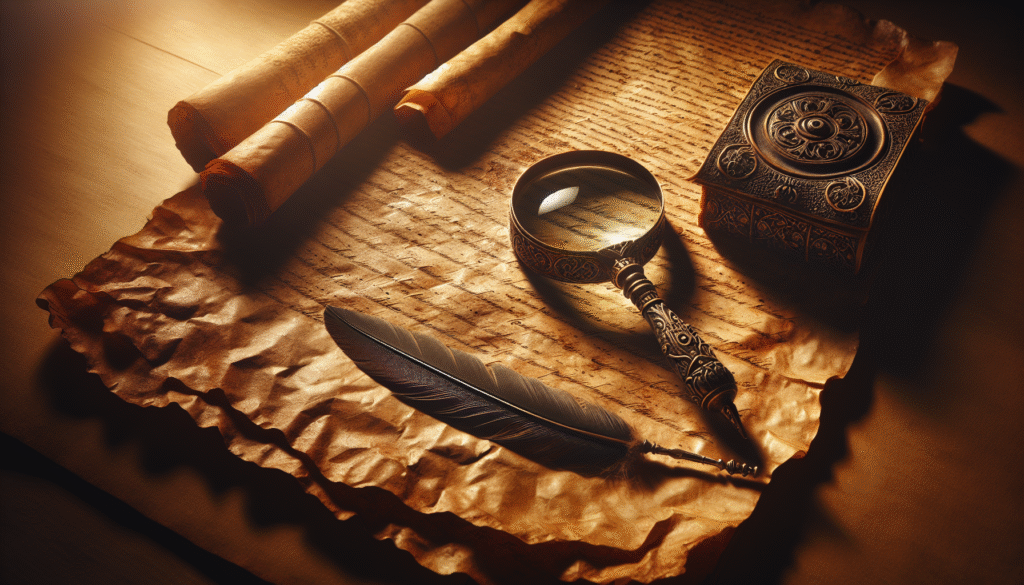
Case Studies: Famous Textual Reconstructions
The Rosetta Stone
The discovery of the Rosetta Stone in 1799 and its subsequent translation by Jean-François Champollion made hieroglyphs comprehensible. The stone’s trilingual inscription in Greek, Demotic, and ancient Egyptian provided the key to understanding Egyptian script.
The Dead Sea Scrolls
Discovered in the mid-20th century, these texts have provided immense insights into Jewish religious practices and thoughts. Their reconstruction required extensive paleographic and linguistic analysis, offering new perspectives on biblical scholarship.
The Epic of Gilgamesh
Reconstructing this epic involved piecing together tablets from different periods and regions. The process has provided a window into Mesopotamian civilization and its literature, revealing the epic’s themes of heroism and mortality.
FAQs
What is the goal of textual criticism?
The goal of textual criticism is to reconstruct the most authentic version of a text by comparing different manuscript versions and identifying scribes’ errors or alterations.
How has technology impacted manuscript reconstruction?
Technology, such as imaging techniques and digital databases, has revolutionized manuscript reconstruction, allowing for the recovery and analysis of text that was previously unreadable.
Why do scholars use multispectral imaging?
Scholars use multispectral imaging to reveal hidden text layers that are invisible under normal light conditions, thus uncovering previously lost writings.
What is paleography?
Paleography is the study of ancient writing systems and styles. It helps date manuscripts and understand the historical context of their creation.
Are there risks of forgery in ancient texts?
Yes, there is a risk of forgery, which is why authentication through scientific methods and expert analysis is crucial in the study of ancient texts.
People Also Ask
How do we ensure the authenticity of ancient texts?
Authenticity is ensured through scientific techniques like carbon dating, handwriting analysis, and material examination, often cross-verified with historical records.
Why is the Rosetta Stone crucial in understanding ancient Egyptians?
The Rosetta Stone is crucial because its Greek inscription enabled scholars to decode Egyptian hieroglyphs, as the Greek script was already known.
What role does archaeology play in text reconstruction?
Archaeology provides the physical evidence and context essential for accurate textual interpretation and understanding the conditions under which a text was produced.
How do scholars deal with fragmented texts?
Scholars use methods like textural criticism and digital reconstruction techniques to piece together fragmented texts, often requiring interdisciplinary collaboration.
What makes ancient texts valuable today?
Ancient texts are valuable as they offer insights into historical cultures, contribute to our understanding of human civilization, and influence modern thought and legal systems.
The meticulous work of reconstructing ancient texts not only preserves humanity’s cultural heritage but also connects us to our past, offering lessons and inspiration as we journey into the future. By deciphering these age-old stories and records, scholars ensure that these fragments of history remain a vital part of our collective consciousness.
